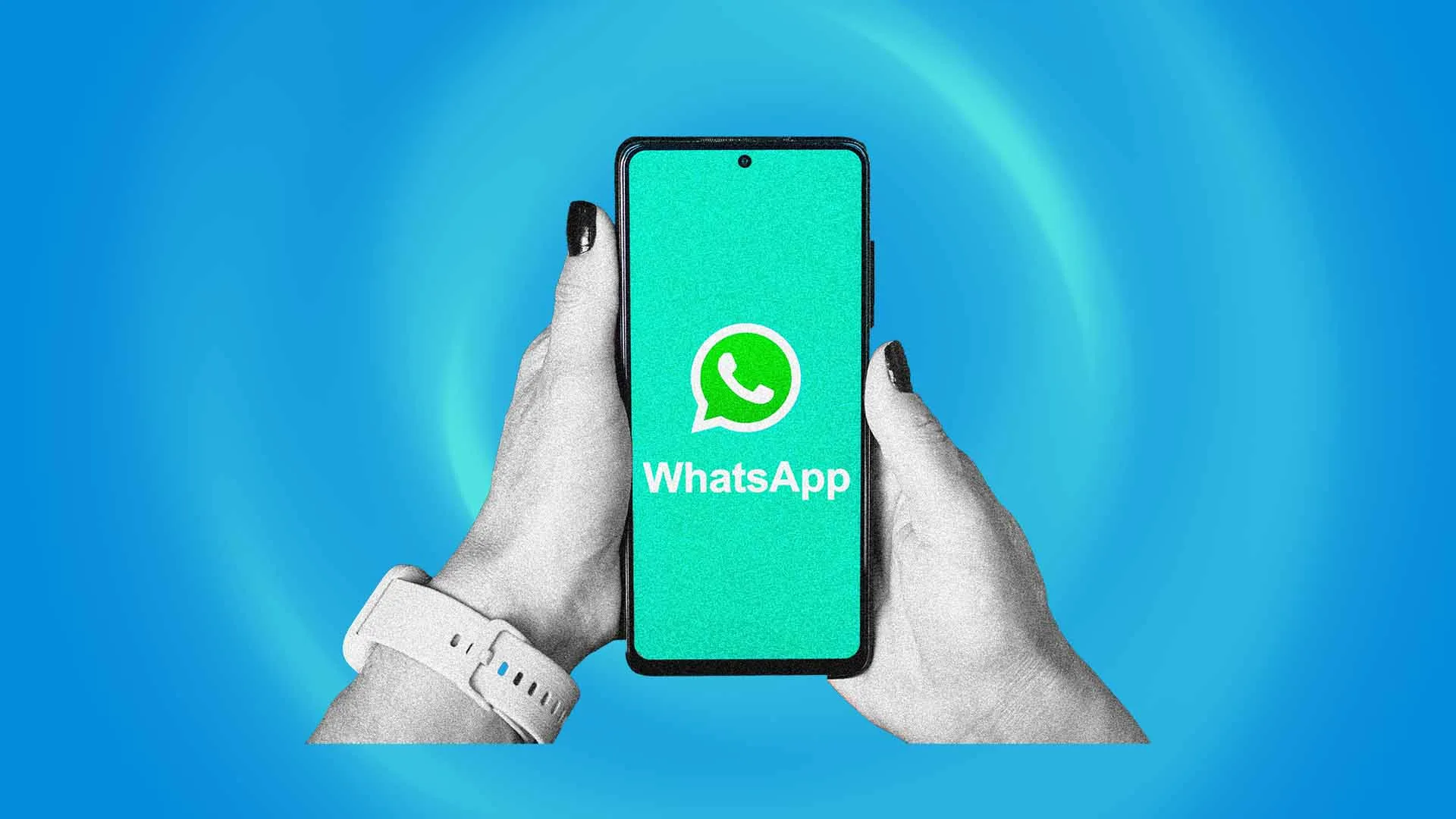Screen sharing is WhatsApp‘s newest addition, which was released in August, 2023 as part of the company’s ongoing efforts to improve the quality of the video-calling experience on its platform.
With this update, WhatsApp is taking on established video conferencing applications such as FaceTime from Apple, Google Meet, and Microsoft Meet.
The new function, which was revealed in the morning by Mark Zuckerberg, CEO of Meta, through a post on Facebook and on his Instagram channel, will make it possible for you to share your papers, images, and even your shopping cart with contacts who are present on video conversations.
Read also: WhatsApp expands channels feature to include seven more countries
How to access the feature
The ability to share your screen over WhatsApp may be accessible by tapping or selecting the “Share” icon. This feature was initially offered for some beta testers on Android in late May. Users have the option of sharing either a certain app or their complete screen with other people. This operates in a manner very comparable to how screen sharing functions on common video-conferencing services such as Google Meet and Zoom.
A media outlet was informed by WhatsApp that the screen-sharing capability has been rolling out in stages on all supported platforms, including Android, iOS, and Windows Desktop. That implies there is a possibility that you will not see the feature right away, but you should shortly.
Alongside the introduction of screen sharing, WhatsApp also introduced support for video calling in Landscape mode. This new mode provides a wider and more immersive viewing experience compared to the Portrait mode that was previously available. Support for the Landscape mode can also be useful when using the platform’s screen sharing functionality.
WhatsApp has supported video calling for more than six years, with the feature first becoming available to all users of the app in November of 2016. However, in order to maintain its standing in the market and remain competitive, the instant messaging software is progressively enhancing the quality of its service.
Recent updates to WhatsApp’s iOS app have included support for picture-in-picture mode for video calls. Additionally, it made it possible to send and receive brief video messages within conversations, which is significant given that video in general has become an essential mode of communication for many users.
The ability to share one’s screen has been an essential component of video-conferencing apps for some time now, including ones designed specifically for consumers. Apple, for instance, improved the functionality of its FaceTime service in 2021 by introducing SharePlay, which allowed users of iOS devices to directly share their screens. The functionality of this feature is now available to desktop, Android, and iOS users thanks to recent updates made by WhatsApp.
WhatsApp long term goal
WhatsApp’s long-term goal is to become a multinational, cross-platform alternative to FaceTime. On November 14, 2016, the messaging service WhatsApp, which is owned by Facebook, will officially launch video calling for its more than one billion users across the world on iOS, Android, and Windows Phone. A number of users recently discovered that the feature was activated in beta versions of WhatsApp for Android and for Windows Phones, which was a sign that a public debut was on the horizon. Its introduction to the public comes after a string of reports from those people.
Users of WhatsApp can access the new feature by clicking the call icon located in the upper right corner of a discussion. This will bring up an overlaid interstitial that will question the user if they want to make a voice call or a video call to the friend or family member they are now conversing with. To initiate the video call, all you need to do is select the “video call” option that’s available on this screen.
During the actual call, you can choose to use the camera facing front or the camera facing back, you can mute the call, or you can end the conversation by pressing the red button. It appears that the user interface for Android and iPhone differs slightly in terms of the location where the picture-in-picture video feed is presented, as well as the size of the buttons, their order, and their placement.
WhatsApp already provides a number of functions that are considered to be standard for communications apps. These features include voice calling and group texting. However, according to the firm, video calling continues to be one of the most often requested features by customers.
















